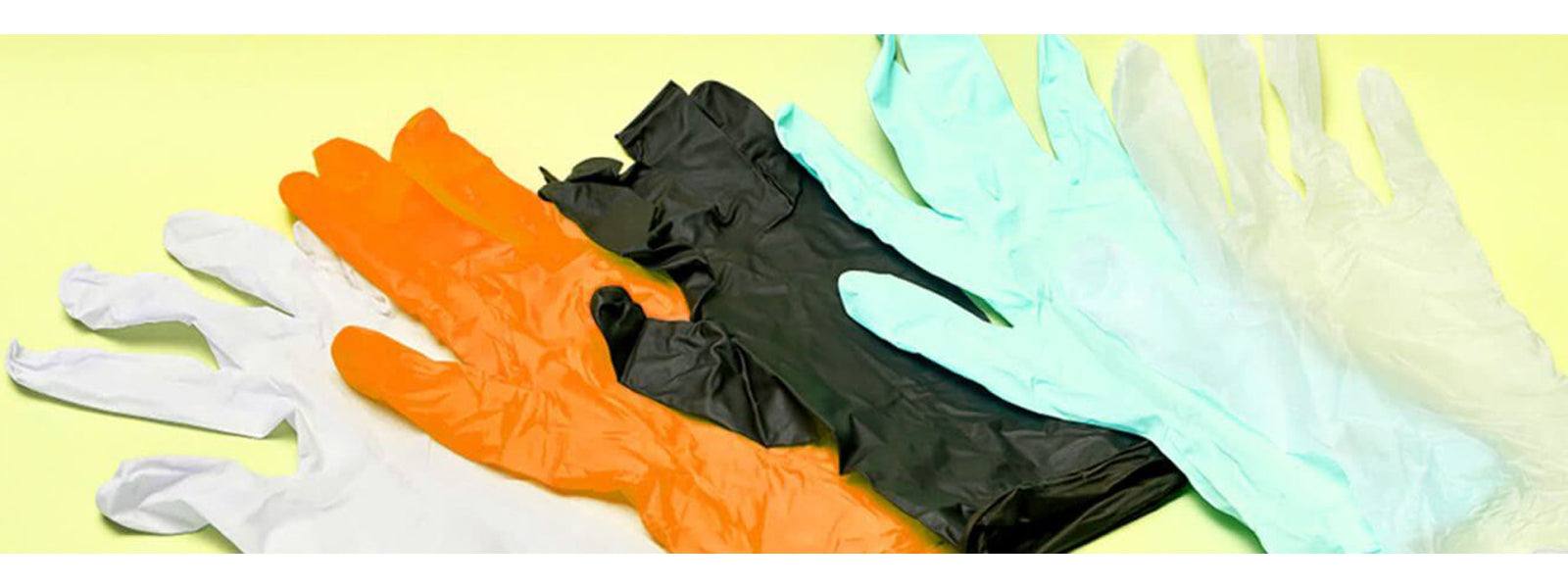
Decoding the Differences: Industrial Grade vs Medical Grade Gloves
In the world of disposable gloves, one size certainly does not fit all. Whether you're in a medical setting or an industrial environment, the gloves you choose play a crucial role in ensuring safety and hygiene. Understanding the key differences between industrial-grade and medical-grade gloves is paramount for selecting the right protective gear for the right job.
- Purpose and Intended Use:
Industrial-Grade Gloves: Industrial-grade gloves are designed for a broad spectrum of applications, ranging from manufacturing and automotive work to janitorial services. These gloves are engineered to provide protection against common workplace hazards such as chemicals, abrasions, and punctures. While they offer reliable protection, they may not meet the stringent requirements necessary for medical procedures.
Medical-Grade Gloves: Medical-grade gloves, on the other hand, are specifically crafted to meet the rigorous standards of the healthcare industry. They are employed in medical settings such as hospitals, clinics, and laboratories where protection against biological hazards and contaminants is critical. Medical-grade gloves undergo more stringent testing and adhere to specific regulations to ensure their efficacy in healthcare applications.
- Material Composition:
Industrial-Grade Gloves: Industrial-grade gloves are often made from a variety of materials, including latex, nitrile, and vinyl. The choice of material depends on the intended use and the types of hazards the gloves are expected to protect against. These gloves prioritize durability and resistance to chemicals and mechanical stress.
Medical-Grade Gloves: Medical-grade gloves are typically made from latex, nitrile, or vinyl as well, but they undergo more rigorous testing for biocompatibility and are held to stricter quality control standards. Latex gloves are commonly used in medical settings due to their superior barrier properties, but nitrile and vinyl options are also widely accepted for those with latex allergies.
- Manufacturing Standards:
Industrial-Grade Gloves: The manufacturing standards for industrial-grade gloves are generally less strict compared to medical-grade gloves. While these gloves must still meet certain quality benchmarks, the emphasis is often placed on performance and durability rather than the stringent cleanliness requirements of medical-grade gloves.
Medical-Grade Gloves: Medical-grade gloves adhere to more rigorous manufacturing standards to ensure they are free from contaminants and meet the necessary criteria for use in healthcare settings. They are subjected to additional testing, including inspections for pinholes and other defects, to guarantee a high level of quality and safety.
- Regulatory Compliance:
Industrial-Grade Gloves: Industrial-grade gloves must comply with industry-specific standards and regulations, which vary depending on the sector. However, the regulatory requirements are generally less stringent compared to those governing medical-grade gloves.
Medical-Grade Gloves: Medical-grade gloves are subject to strict regulations set by health authorities, such as the Food and Drug Administration (FDA) in the United States. Compliance with these regulations is essential to ensure the gloves' safety and effectiveness in healthcare applications.
In the choice between industrial-grade and medical-grade disposable gloves, the intended use and the specific requirements of the task at hand are paramount. While industrial-grade gloves provide robust protection for a range of applications, medical-grade gloves are tailored to meet the elevated standards necessary for healthcare environments. Understanding these key differences allows users to make informed decisions, ensuring that the gloves selected align with the demands of the task and prioritize the safety of both the wearer and those they serve.

Leave a comment